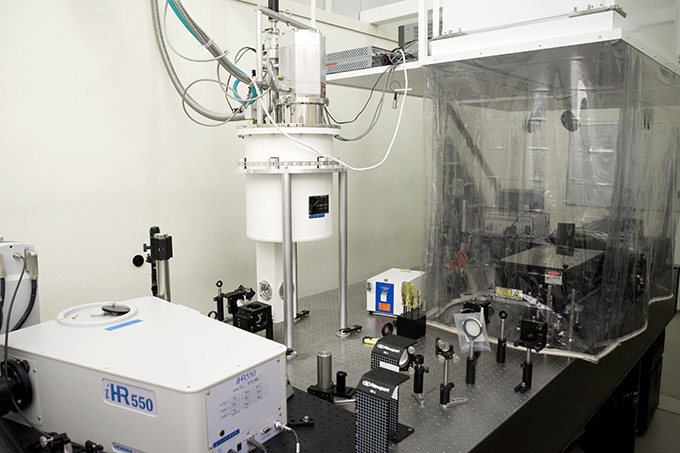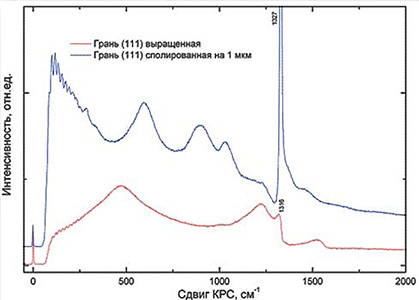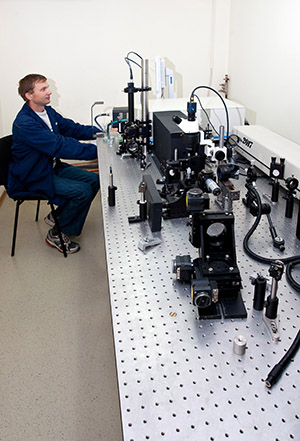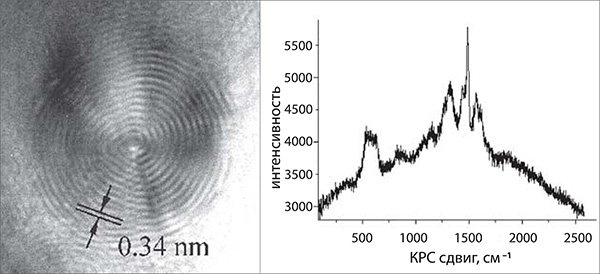LABORATORY OF SPECTRAL RESEARCH
Laboratory Head, Victor Denisov, Ph.D. in Physics and MathematicsMAIN RESEARCH DIRECTIONS
- Fundamental studies of matter under extreme conditions under ultrahigh pressures with a shear deformation: phase transition of materials, transition to nanoscale structures under high pressure and shear deformation.
- Studies of the optical properties of diamonds doped with boron and other elements to produce the p- and n-type semiconductors.
- Studies of the optical and structural properties of diamonds and nanostructures.
APPLIED RESEARCH
- Nanolithography on diamonds: creation of the surface structures with the vertical dimensions of a few tens of nanometers.
- Certification of synthetic and natural diamonds.
METHODS AND INSTRUMENTAL BASE
- Spectroscopy of vibrational transitions:
- Raman spectroscopy (RS):
A TRIAX-552 Spectrometer and an iHR550 Spectrometer (with low-temperature CCD, mirror optics and filters for suppressing the laser radiation) equipped with a microscopic, spectral range 200 - 1100 nm; - Fourier transform spectroscopy of absorption and reflection in the infrared (IR):
FTIR spectrometer, Thermo Nicolet Nexus 470 FT-IR, the spectral range 400 - 7000 cm-1. A VERTEX 80v vacuum Fourier spectrometer with a HYPERION2000 IR microscope, cryostat from 80 K and various attachments, spectral range: 30 - 50 000 cm-1;
- Raman spectroscopy (RS):
- Spectroscopy of electron transitions:
- photoluminescence;
- absorption in the ultraviolet (UV), visible and near infrared (IR) range (a Сary 4000 Spectrophotometer, spectral range: 175 - 900 nm);
- Optical studies at low and high temperatures:
A Special Model CM-950-7 Optical Cryastat closed-cycle cryostat, the temperature range from 4 to 600 K.
PRIORITY SCIENTIFIC AND APPLIED DEVELOPMENTS
For the first time the carbon onion structures have been obtained at high pressures and shear deformation on the graphite in the diamond high-pressure chambers. The Raman spectroscopy shows that the obtained carbon onions have the fullerene-type structure.
It is shown that the superconductivity in a diamond doped with boron, is conditioned by the surface layer.
 |
|
 |
 |
 |
|